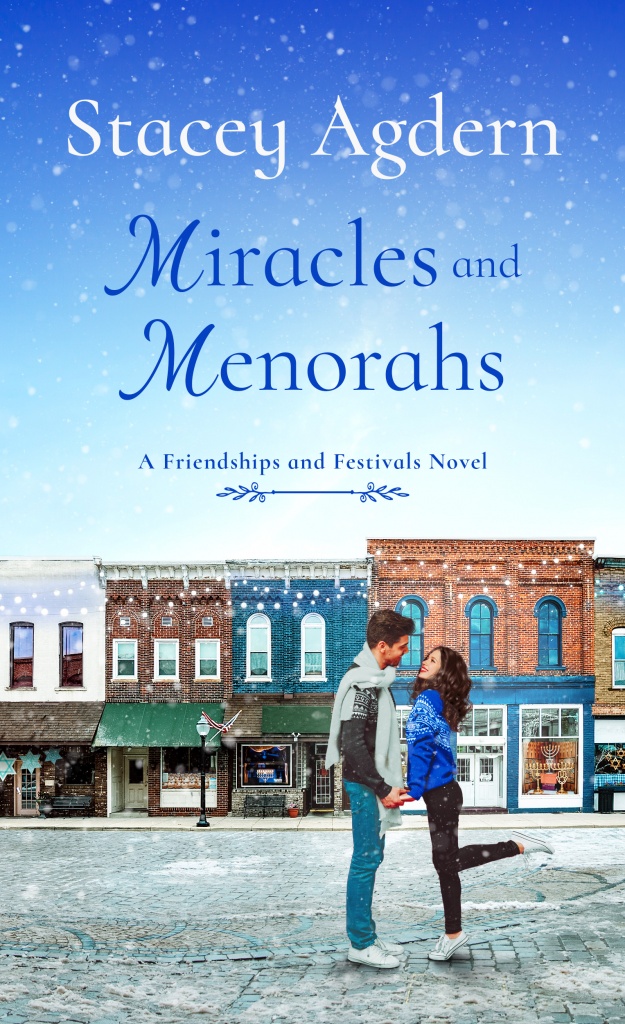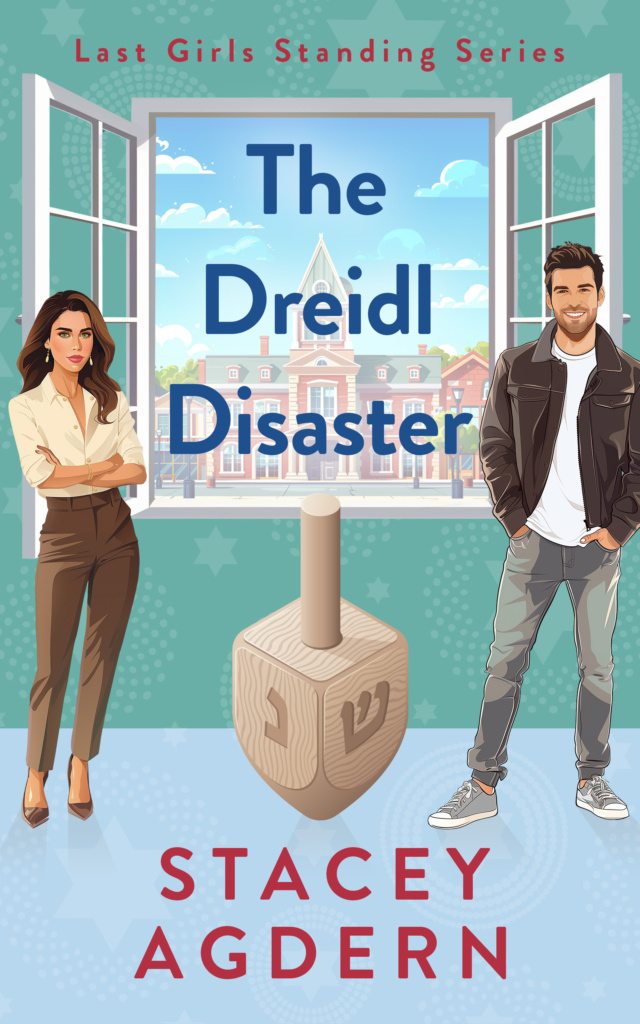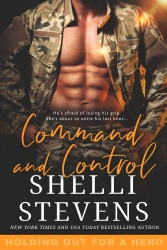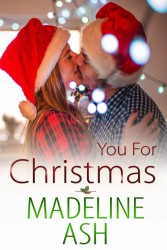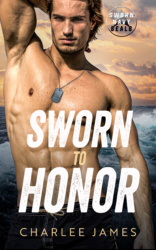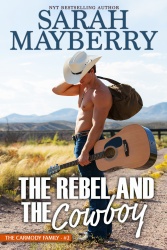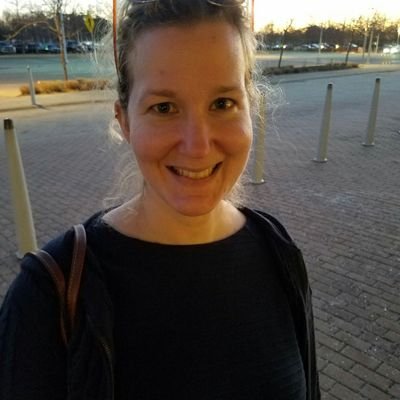 Stacey, as a former bookseller, how has your experience in the book industry influenced your approach to writing romance novels? I think my bookselling hasn’t effected my approach to writing, so much as it’s affected my approach to things that are part of the post writing process. What things I want on a cover, what I want my covers to look like, how to approach a bookseller/bookstore about stocking my books and what I want on the back cover of my books, are the kinds of things that are influenced by my time in a bookstore. The way you present a book is important to booksellers because it’s important to customers.
Stacey, as a former bookseller, how has your experience in the book industry influenced your approach to writing romance novels? I think my bookselling hasn’t effected my approach to writing, so much as it’s affected my approach to things that are part of the post writing process. What things I want on a cover, what I want my covers to look like, how to approach a bookseller/bookstore about stocking my books and what I want on the back cover of my books, are the kinds of things that are influenced by my time in a bookstore. The way you present a book is important to booksellers because it’s important to customers.
You’ve reviewed romance novels in multiple formats. How has this extensive reading and reviewing shaped your own writing style and preferences? It’s funny because one of the things I’ve learned is that writing fiction and writing non fiction use different parts of my brain. Which means that it’s easy to separate the two. But the lessons I’ve learned about writing stories that deliver the satisfying answers to the questions tropes ask are easily transferable.
Incorporating Jewish characters and traditions into your stories is a significant part of your work. What inspired you to focus on this aspect, and what impact do you hope it has on your readers? I’ve always been a reader. Before I reviewed, before I realized I was writing romance novels, I read. A ton. At first, I gravitated towards world-building heavy science fiction and fantasy books, then to thrillers and then to historical, enjoying the idea of losing myself in the story and the pages. And then I started reading contemporary romance.
I enjoyed those books, but in the back of my mind I found myself wondering what it would look like if someone like me got her happy ending, someone who went to temple and had big gatherings on Friday night, someone who celebrated miracles and oil in December and someone who celebrated over matzah at spring time.
And as I was already writing, the questions I was asking drove me to add characters like me into my stories, in the hopes that readers who felt the same way could see themselves on the pages of a romance novel.
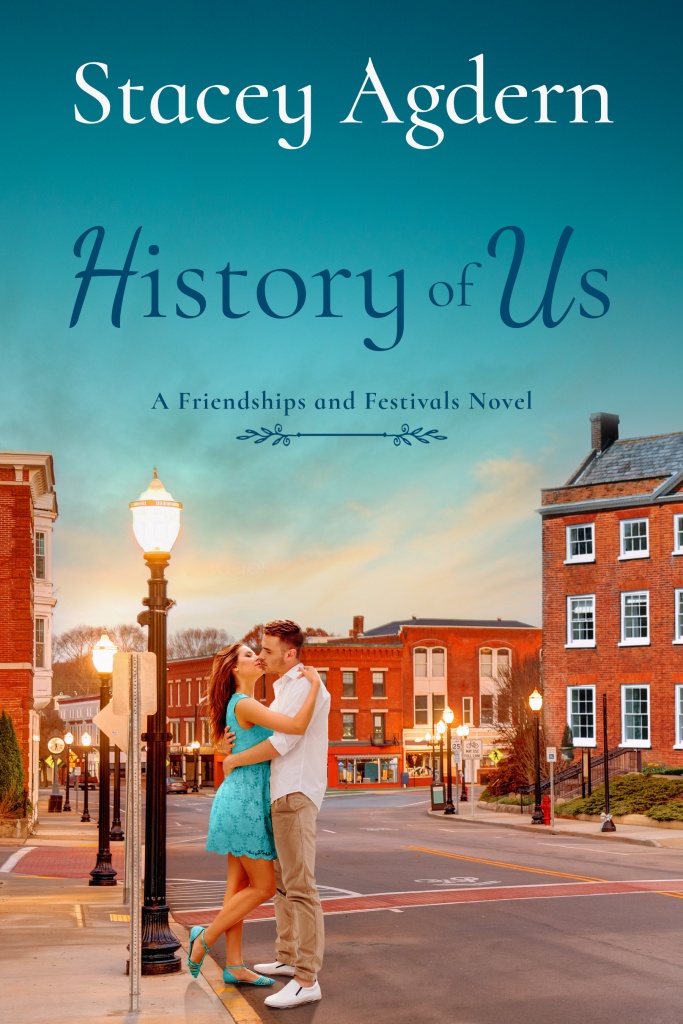 Can you share some of the unique challenges and rewards of writing stories that feature Jewish traditions and characters? One of the fun things I learned from reading a ton is the fact that hidden inside each trope, whether it’s a character trope or whether it’s a plot trope, is a question. Once you unravel the trope and figure out what the question is, it’s easier to adapt it to stories that feature Jewish characters and customs.
Can you share some of the unique challenges and rewards of writing stories that feature Jewish traditions and characters? One of the fun things I learned from reading a ton is the fact that hidden inside each trope, whether it’s a character trope or whether it’s a plot trope, is a question. Once you unravel the trope and figure out what the question is, it’s easier to adapt it to stories that feature Jewish characters and customs.
Writing the Character of Jacob, the billionaire hero of History of Us, writing the Hanukkah story at the core of Miracles and Menorahs and the core trope of B’Nai Mitzvah Mistake are all instances through my writing where I’ve taken tropes and adapted them.
But each of those takes extra work – understanding what the trope is, what’s needed to adapt it and the specific Jewish cultural knowledge needed to adapt the trope within the reader’s expectations.
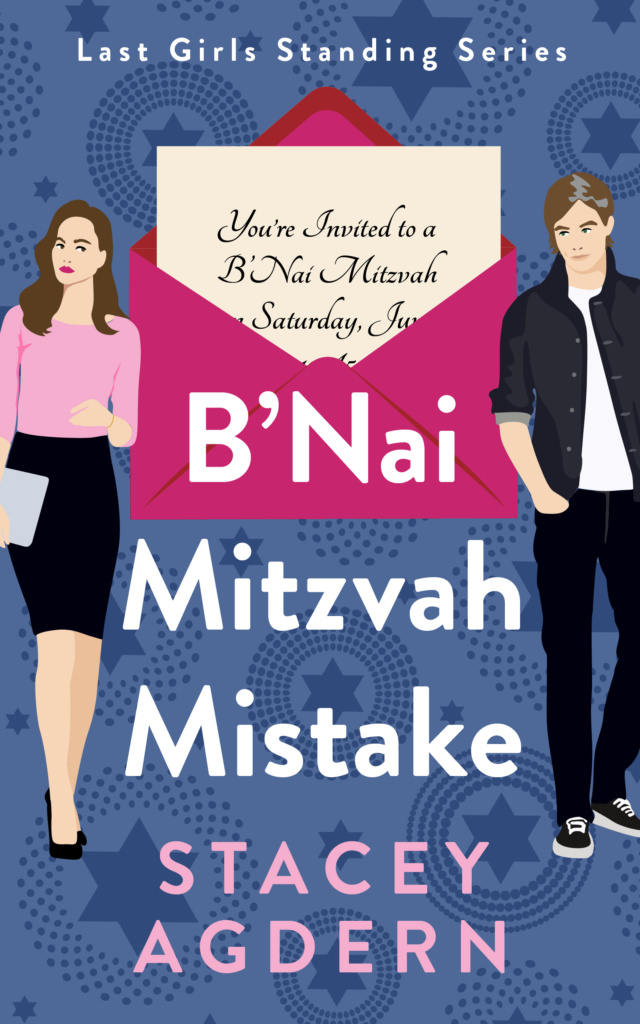 The reward? The excitement when a reader tells me History of Us is their favorite book, the joy of recognition in Miracles and Menorahs and the excitement at B’Nai Mitzvah Mistake.
The reward? The excitement when a reader tells me History of Us is their favorite book, the joy of recognition in Miracles and Menorahs and the excitement at B’Nai Mitzvah Mistake.
You’ve given talks about various aspects of the romance genre. What are some of the most common misconceptions about romance novels that you aim to dispel? I think one of the biggest problems with the contemporary response to romance, and the one that drives me the most up the wall, stems from the fact that people who don’t like the genre as a whole, think all romance novels are the same. And that book they’re the same as is *always* the last romance novel they’d come into contact with- whether it’s the historical series that’s everywhere because it’s been adapted, the paranormal series about sparkling vampires or the famous adaptation of the book that showed the different shades of grey. Even books with the famous male cover model who hasn’t appeared on covers since the 80’s are referenced in these type of conversations.
Every genre evolves; the romances published today are extremely different in important ways from the romances published even five years ago, let alone from the romances published in the heyday of the single named male cover model which was at minimum, 40 years ago.
Even critical favorites in other genres or types of fiction and non fiction all evolve; to these people it’s just these romance novels that are stagnant.
Living in New York, not far from your favorite hockey team’s practice facility, do you ever find inspiration from the city or the sport for your stories? There are two huge questions here, so I’m going to answer them separately.
One of the biggest bits of thematic inspiration in my books comes from the relationship between the towns in the metro New York area and New York City. In most small town stories, the relationship between the ‘city’ and the ‘small town’ is adversarial, featuring people who have to choose to leave ‘the City’ and embrace small town life in order to have a life worthy of romance. But it doesn’t have to be that way, and as someone who grew up betwixt and between, living in a small town and while simultaneously embracing city life, I felt that it was important that my books, especially the Friendships and Festivals series, reflected that.
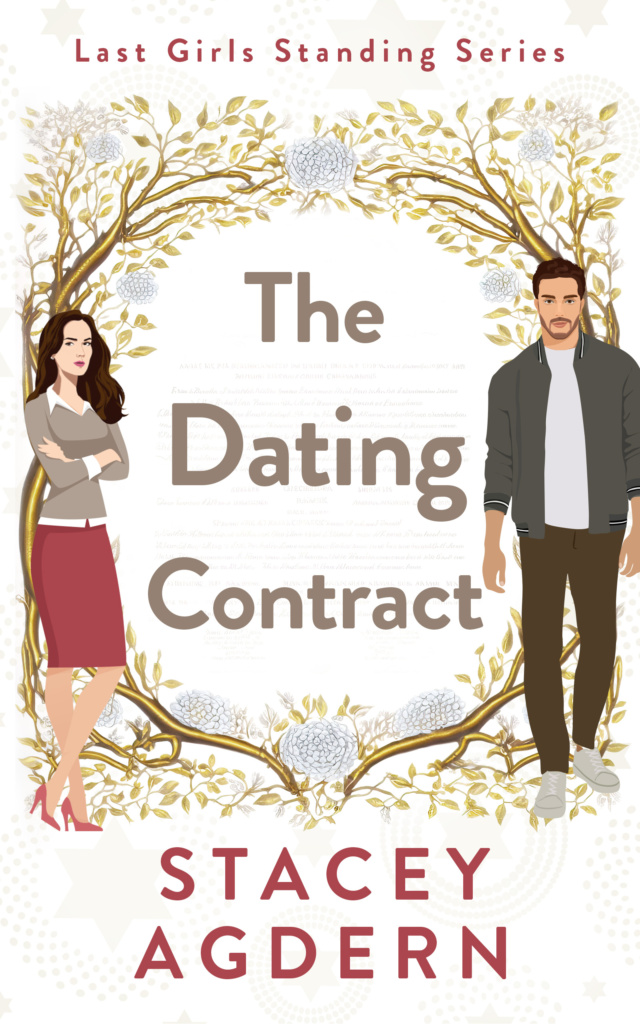 As for hockey content? You should probably call the Last Girls Standing series hockey adjacent, because a plotline related to the sport features prominently in each of the books. A retired Hockey player is the main male character of the B’nai Mitzvah Mistake, and his quest for increased Jewish recognition and inclusion in the sport serves as one of the main plotlines. His new agent is the main female character in The Dating Contract, and the major decision one of her female clients makes on her hockey journey features prominently. The actions of a hockey team, somewhat inspired by the actions of a real life team, serves as the catalyst for The Dreidl Disaster.
As for hockey content? You should probably call the Last Girls Standing series hockey adjacent, because a plotline related to the sport features prominently in each of the books. A retired Hockey player is the main male character of the B’nai Mitzvah Mistake, and his quest for increased Jewish recognition and inclusion in the sport serves as one of the main plotlines. His new agent is the main female character in The Dating Contract, and the major decision one of her female clients makes on her hockey journey features prominently. The actions of a hockey team, somewhat inspired by the actions of a real life team, serves as the catalyst for The Dreidl Disaster.
What advice would you give to writers who want to incorporate their cultural heritage into their writing but are unsure where to start? First and most importantly, read in the genre you want to write in. You can’t write a genre you don’t know, and it’s so much easier if it’s a genre you love.
The next, is think about what you read, what you like. And think about what’s missing.
The stories that are missing are the ones you want to write. Think about the tropes that you want to use and figure out the way to showcase the parts of your culture that work perfectly with the conversations with the stories you’ve fallen in love with.
With your background as a reviewer and speaker, how do you stay current with trends in the romance genre, and how do these trends influence your writing? That’s another thing that carries over from my bookseller years- watching books as they’re signed, watching the industry in general and doing my best to try and pinpoint directions where publishing is headed, and where I fit in. But most importantly to this kind of a process are my friends in the industry- writers and otherwise. It’s crucial to have people I can talk out the information I gain with. These conversations give me perspective so I can use the information in ways that are productive.
What upcoming projects or themes are you excited to explore in your future books? The one I’m enjoying diving into right now is the idea of a wedding book. I’ve loved reading them for years, but now I’m going through and reading a bunch of them, seeing how much of the wedding is on the page, how the couple finds their own story in the process of planning and organizing someone else’s wedding. It’s so much fun putting my own spin on the process and incorporating Jewish wedding traditions.
BONUS: What is one book that you consider a comfort read that you find yourself always reaching for? So in my headboard I have two different shelf compartments, one reference books and the other I call my ‘goodnight’ shelf. The books in the goodnight shelf vary from Flirting with Forty by Jane Porter to Laura Florand’s Chocolate Touch. Margaret Rogerson’s ‘An Enchantment of Ravens and Nalini Singh’s ‘Heart of Obsidian’ among titles by Nora Roberts and Elizabeth Hoyt. The one thing each of them have in common, is that they’ve been read and reread, available for me to just dive into at any point for the time I need a reread of a scene or chapter that ends up being the entire book.


